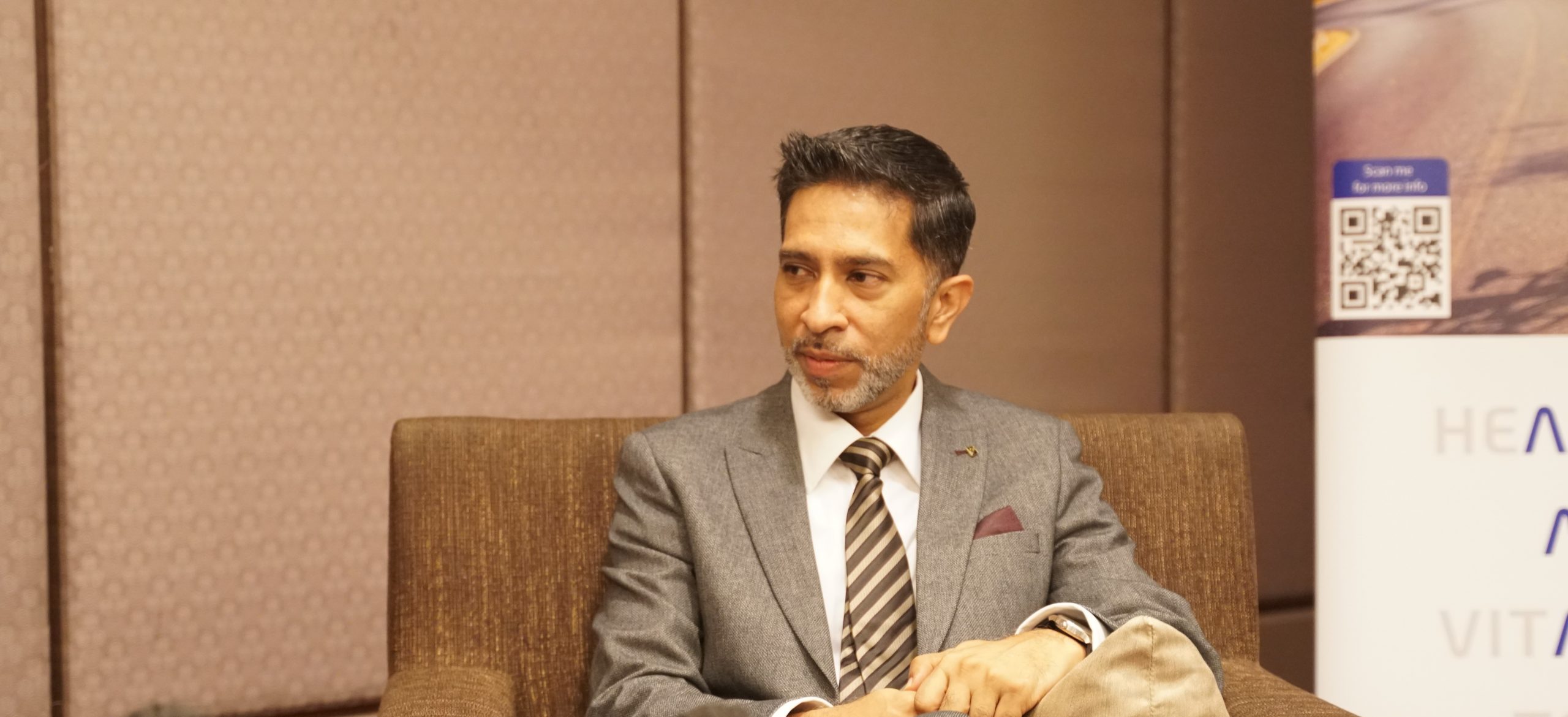WORDS ANWAR ANIS
 FEATURED EXPERT FEATURED EXPERTANWAR ANIS Executive Director ALTY Orthopaedic Hospital |
FORMATION OF A LONG-TERM PARTNERSHIP BETWEEN PUBLIC & PRIVATE HEALTHCARE
Building upon the successful collaboration between public and private healthcare during the pandemic, a long-term policy on greater partnership will benefit both the government and the private sector, with all Malaysians being the key beneficiary.
There still are waiting lists for procedures in the public hospitals, and these can certainly be reduced if there is a structure long term arrangement for the private hospitals and centres to assist in reducing and maintaining a short wait time, especially for elective procedures which can greatly enhance an individual’s productivity, although it may not be life threatening.
GREATER FOCUS ON AN AGEING SOCIETY
These include the necessary social safety nets, proper care facilities and also post hospitalization care and support.
Here, the government should consider partnering the many physio and home care organizations to ensure patients have good compliance to post hospital care, including physio, wound care and others.
An aging population also typically means reduced mobility due to various issue—for example orthopaedic-related issues, where it can be address with proper intervention, and where needed surgery.
Government subsidy for implants, such as knee and hip implants can reduce the burden for the uninsured (which is a large majority of those who need such care) – and thus ensuring they have good mobility and thus independence even as they age.
INNOVATION IN HEALTHCARE WITH ROBOTICS, 3D PRINTING & OTHER NEW TECHNOLOGIES
The government should consider encouraging the adoption of such technologies especially in healthcare.
Grants or even personal subsidies to access such health technologies where appropriate can propel the adoption and perhaps even development of such tech.
For example, 3D printed casts or prosthesis will improve recovery and long-term quality of life. The regulatory framework also needs to support the faster adoption of such health technologies, to ensure Malaysia is able to maintain its advantage as a healthcare travel destination.
COMPETITIVE & FACILITATIVE IMMIGRATION POLICIES
Competitive and facilitative immigration policies, for healthcare travelers especially, will allow Malaysia to be serve a greater no of patients, which in turn lowers the cost of investment in health-related technologies and equipment, thus enabling more Malaysians to access it as well.
Some of our neighbouring countries continue to attract patients from a number of different countries, despite being less competitive overall than Malaysia, primarily due to the ease of arriving into the country.
Thus, they are able to invest in technology such as proton beam, as fee-paying foreign patients ensure there is a sufficient volume of patients for these advanced and latest modalities.

